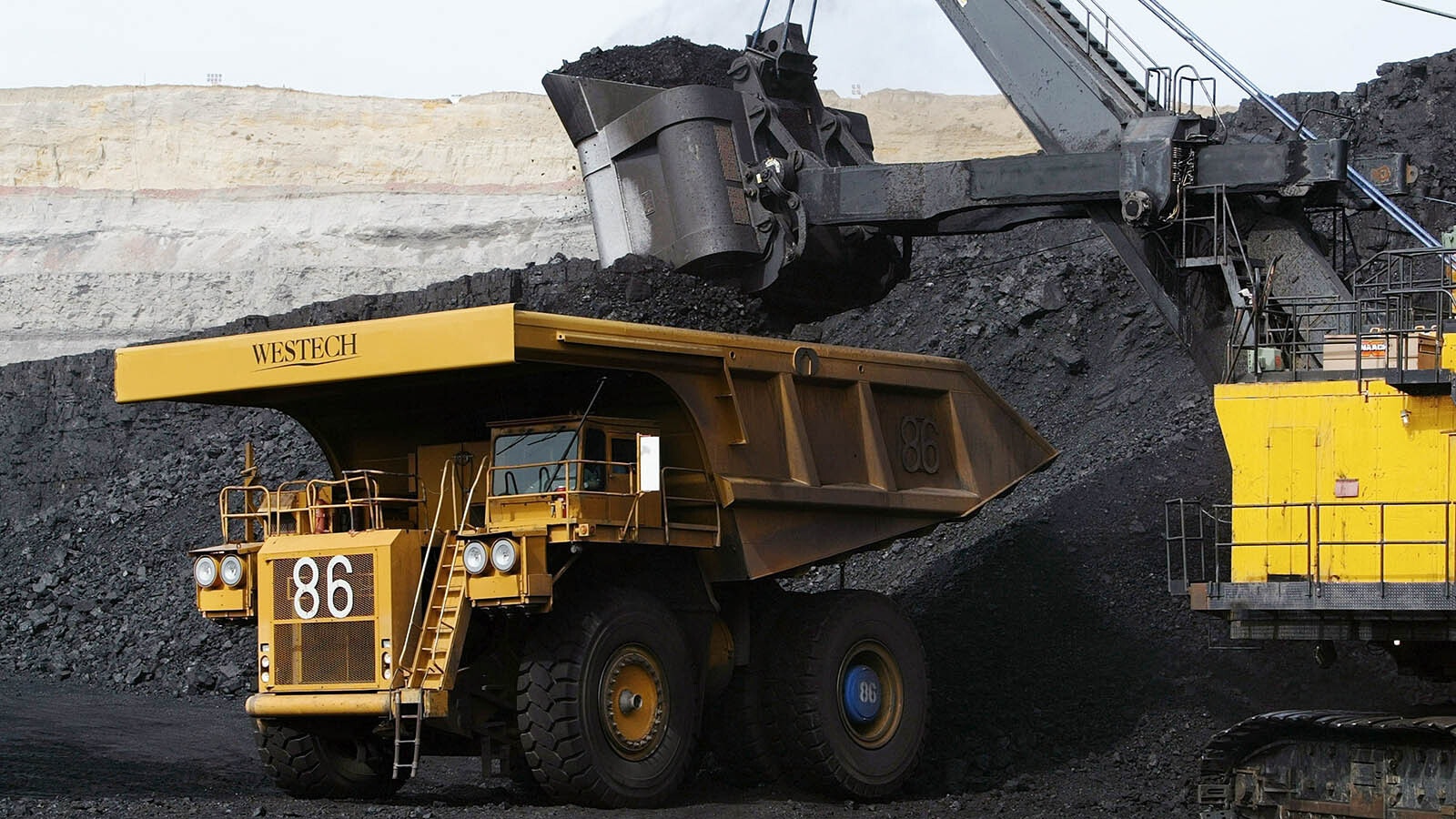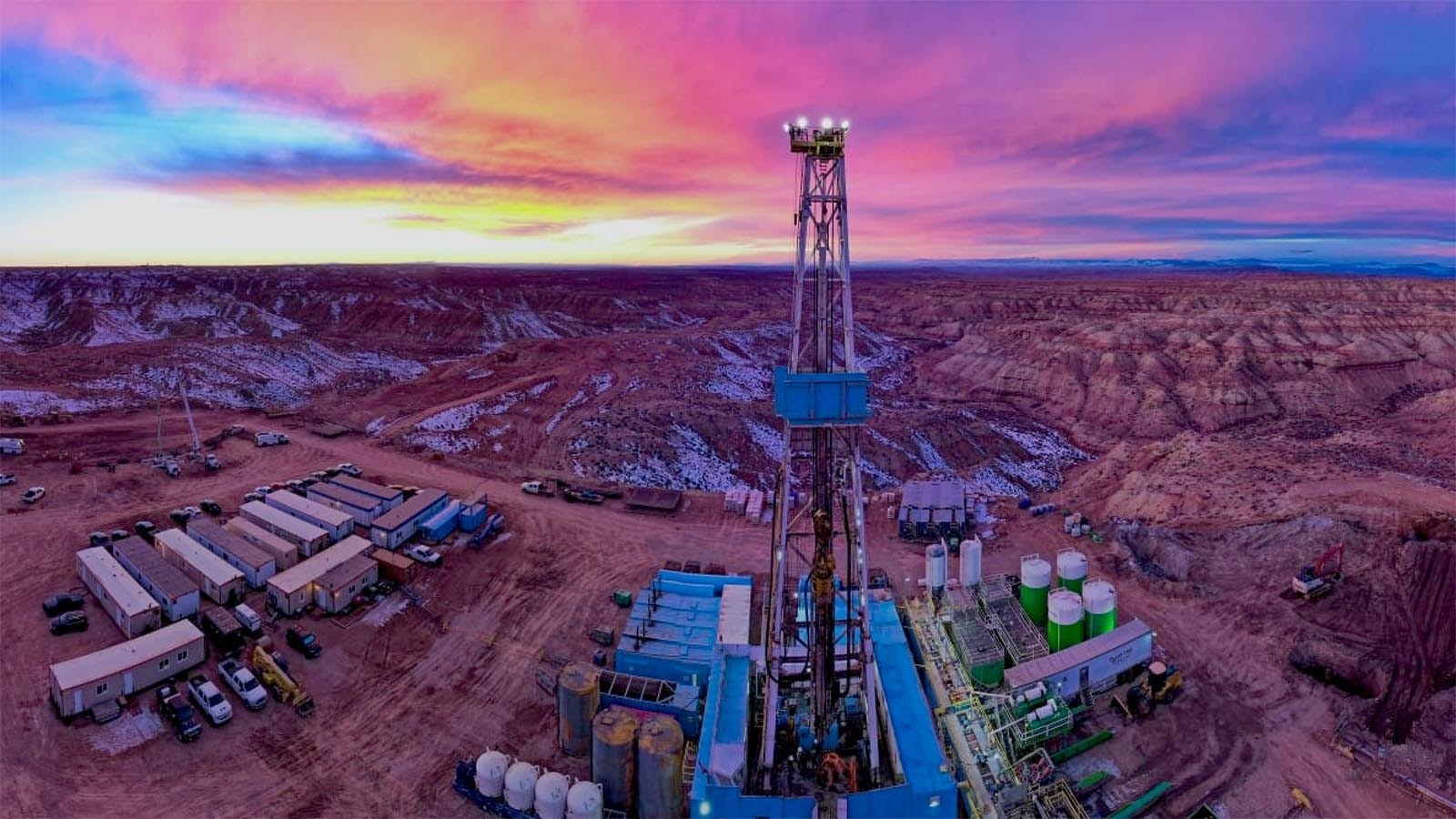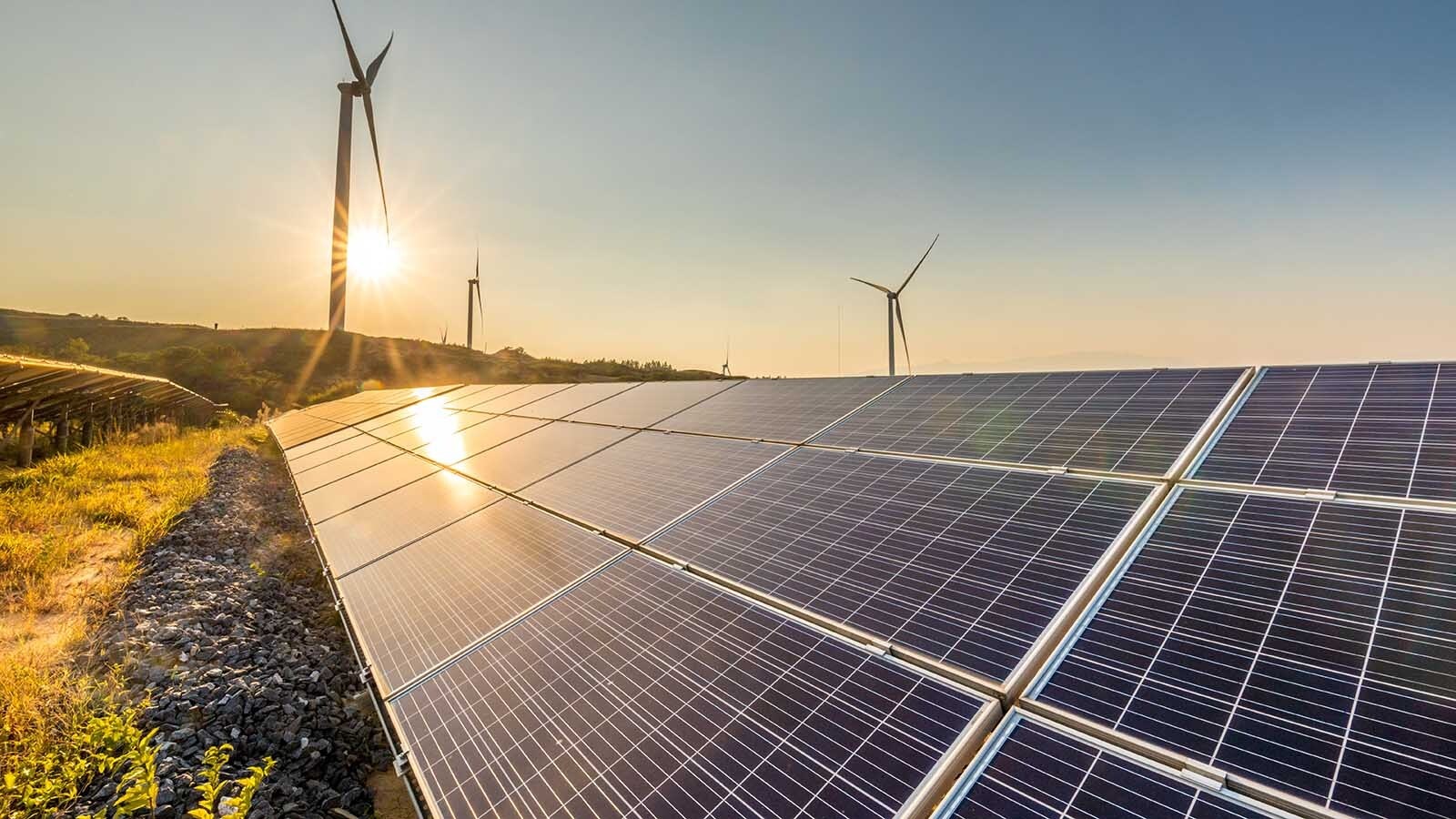The Biden administration plans to ban all federal buildings from using fossil fuels. Under the proposal, federal buildings will need to eliminate their use of any energy from fossil fuels by 2030.
Last month, the U.S. Department of Energy proposed rules that would ban federal agencies from using natural gas for heating. Within three years, new federal buildings would be required to reduce fossil fuel consumption by 90% of what was used in 2003, and within eight years the federal government would stop buying fossil fuel equipment for all new buildings and major retrofits.
The proposal put forward by the White House’s Council on Environmental Quality (CEQ) would decarbonize 30% of federal buildings’ square footage by 2030 through electrification and reduction in energy use.
According to the U.S. General Services Administration, the federal government owns more than 300,000 buildings. Including leased government office buildings, there are more than 360,000 in the entire federal inventory.

‘Just Foolish’
“It’s political correctness on steroids,” said Tom Shepstone, who runs Natural Gas Now, an online resource for content on hydraulic fracturing and natural gas development.
Shepstone said he’s not opposed to solar, wind and other renewable energy projects.
“I want them to be done on their own merits and justify themselves economically,” he said, adding that as of now, “they don’t.”
Shepstone also pointed out that in terms of U.S. carbon dioxide emissions, the nation is a leader in reducing them, largely because of the switch from coal-fired electrical generation to natural gas-power. Per-capita CO2 emissions are now lower than they were in the 1990s.
“I happen to believe we have no CO2 crisis, but let’s assume we do,” Shepstone said. “Natural gas accomplishes more to reduce it than anything else. Eliminating it and putting pressure to continually constrict, constrict, constrict natural gas, it’s just going to lead to disaster. It’s just foolish.”
Shepstone said that while the DOE and CEQ’s latest proposed policies don’t make a lot of sense, they also come as no surprise. Biden had, within hours of taking office, killed the Keystone XL pipeline, among other actions against the oil and gas industry, which signaled to investors that the president would make good on his campaign promise to eliminate the industry entirely.
Cynical And Inefficient
Rob Wallace, former staff director for the U.S. Senate Energy and Natural Resources Committee and Assistant Secretary for Fish and Wildlife and Parks at the U.S. Department of the Interior, called the proposed rules “cynical and inefficient.”
“If these 300,000-plus federal buildings were all located in industrial parks around the country, perhaps this initiative would make sense. But they’re scattered everywhere from northern Alaska to southern Florida,” Wallace said. “To presume that you’re going to be able to wrangle all of those dispersed facilities into one organized new energy policy is nonsensical.”
Wallace said the administration has had a number of policies regarding natural gas that don’t make a lot of sense, unless Biden’s overall goal is to put gas companies out of business.
Jonah Energy LLC, for example, which operates one of the largest gas fields in the country in southwest Wyoming, had implemented extensive upgrades on its wells to minimize methane emissions from its production, as many gas companies had been doing.
Despite the voluntary efforts, the EPA and Bureau of Land Management under the Biden administration is pushing for expensive flaring regulations.
“The administration turned around with a policy about how to drive a mature industry out of business,” Wallace said.
Lead By Example
E&E News reports that Energy Secretary Jennifer Granholm said on a press call announcing the proposed regulations on federal buildings that electrifying all new federal buildings would cut annual pollution equivalent to the amount Denver homes produce in a year, adding that another rationale for the rules is to “lead by example.”
In other words, the hope is that these rules will be adopted everywhere across the country. Already, cities in California and New York City are banning gas heating appliances in all new buildings.
Shepstone pointed out the problems that come with trying to replace natural gas with weather-dependent energy sources. European countries, such as Germany, are much further along in these goals than the United States. Throughout the continent, industry and residents are struggling with an energy crisis unlike anything since World War II.
“The whole thing is just absolutely absurd,” Shepstone said.
Not Carbon Free
The proposed rules put forth by the DOE and CEQ apply only to eliminating emissions from heating with natural gas. Nationwide, well over 50% of electrical generation comes from natural gas or coal. So, the buildings would continue to receive energy from fossil fuels through their consumption of electricity generated by those sources.
The rules also won’t target other areas in which federal buildings benefit from fossil fuels. Construction materials, such as plastics and steel, require fossil fuels to produce. Materials in computers and furniture also require fossil fuels to produce.
“The supplemental proposed rule applies to on-site fuel usage from appliance and equipment within buildings. It does not encompass the fossil fuels that may be used to make the appliances or equipment at the factories,” a DOE spokesperson told Cowboy State Daily.





